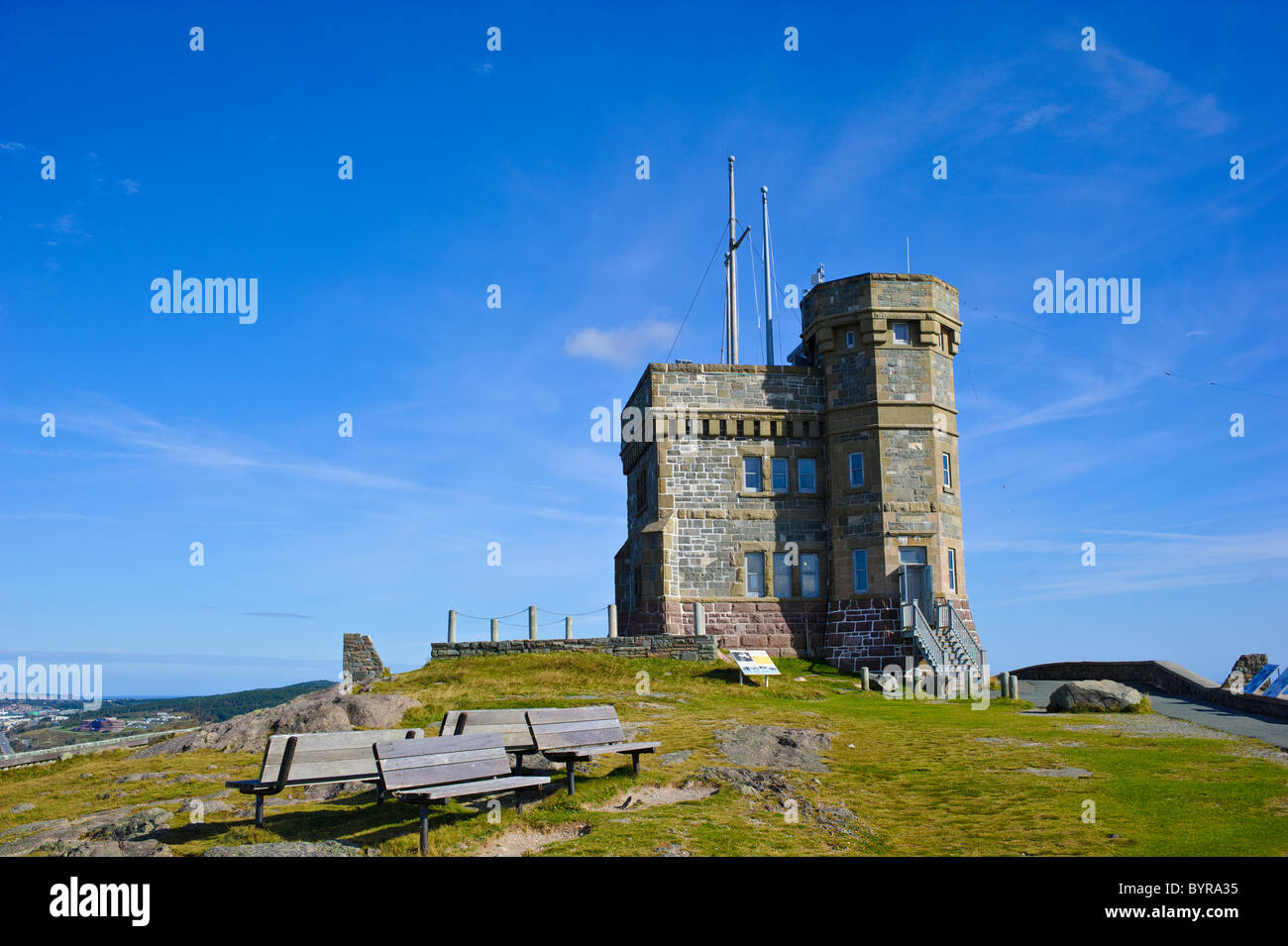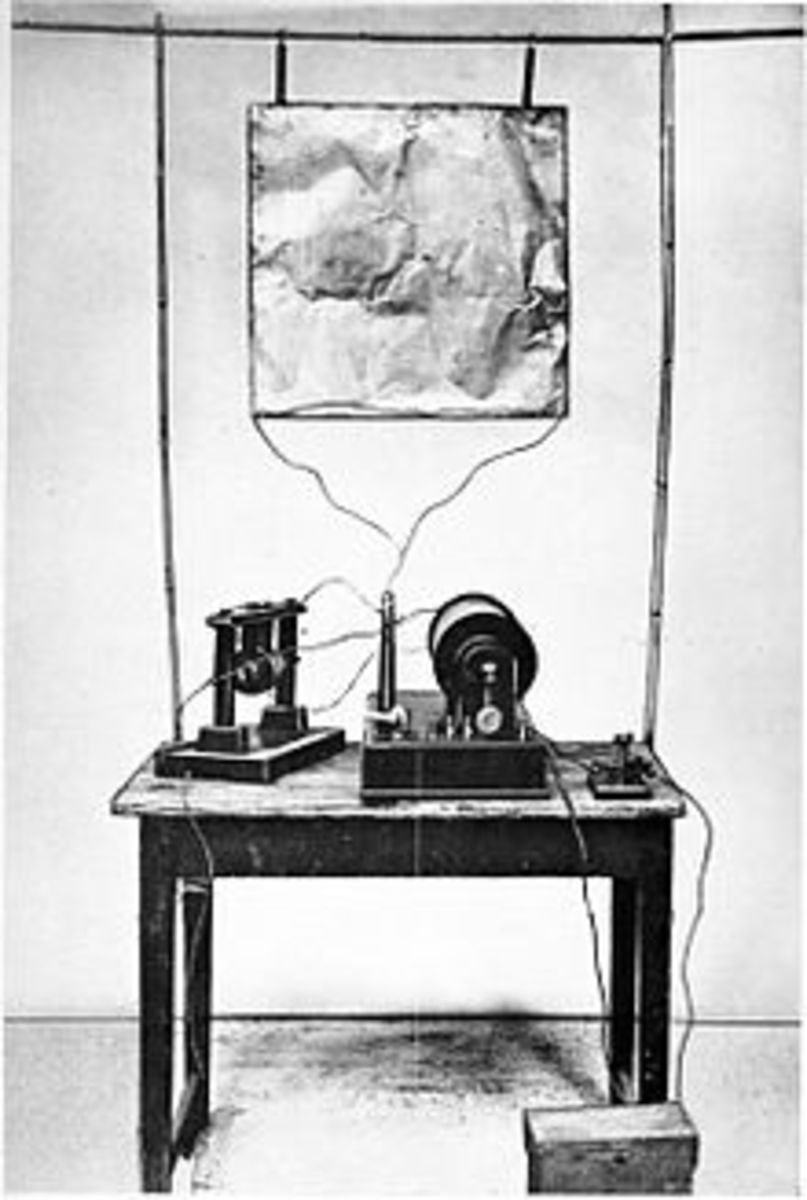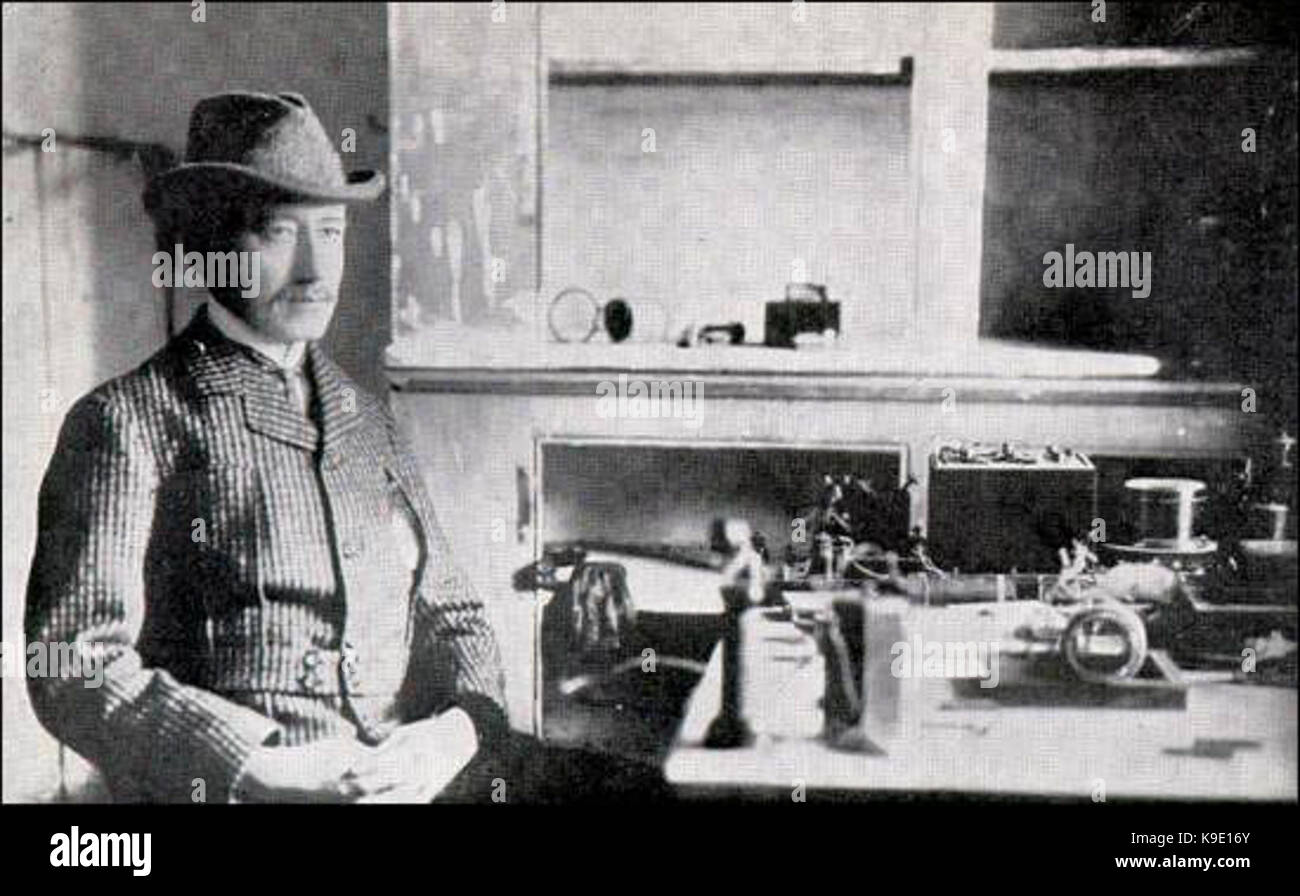Signal Hill The Birthplace of Modern Communications Amusing

Marconi wireless telegraph station hires stock photography and images
The commemorative plaque on signal hill. On the top of the image is the Atlantic Ocean which extends 3425 km to Poldhu, England. The small board on the bottom of the plaque is a home-built transmitter comprising only 12 components. It was used on Signal Hill to communicate with Poldhu on 12 December in 1996, 1997, 1998, 1999 and 2000.

Marconi tower hires stock photography and images Alamy
1897 World's First Wireless Telegraph & Signal Company In 1897 Marconi registered his company as the Wireless Telegraph and Signal Company. Premises were needed for the new organisation. Marconi decided upon a place that was a relatively short distance from London and accessible by rail; Chelmsford was an ideal location.

Marconi, Signal Hill, and the First Transatlantic Wireless
On December 12, 1901 Italian inventor Guglielmo Marconi believed that he heard the letter "S" transmitted by Morse Code from Poldhu in south Cornwall, England, to Signal Hill, St. John's Newfoundland.. For many years this feat was considered the first transatlantic radio transmission, but later researchers concluded that the reception may not have been possible, and that Marconi may have.

Marconi, Signal Hill, and the First Transatlantic Wireless
In December 1901 Marconi assembled his receiver at Signal Hill, St. John's, nearly the closest point to Europe in North America. He set up his receiving apparatus in an abandoned hospital that straddled the cliff facing Europe on the top of Signal Hill.

Marconi, Signal Hill, and the First Transatlantic Wireless
Signal Hill in St. John's, Newfoundland and Labrador is another National Historic Site related to Marconi's work in Canada. Signal Hill was designated, in part, to commemorate Marconi's first transmission tests in 1901. Marconi National Historic Site A model of Marconi's transmission towers at his first wireless station in Glace Bay

Cabot Tower on Signal Hill in St. John's, Newfoundland and Labrador
Guglielmo Marconi (born April 25, 1874, Bologna, Italy—died July 20, 1937, Rome) Italian physicist and inventor of a successful wireless telegraph, or radio (1896). In 1909 he received the Nobel Prize for Physics, which he shared with German physicist Ferdinand Braun.

TDIH December 12, 1901, Guglielmo Marconi receives the first
Italian inventor Guglielmo Marconi receives the first transatlantic radio message on Signal Hill in St. John's, Newfoundland (1901).For more information abou.

Guglielmo marconi hires stock photography and images Alamy
Signal Hill, Newfoundland Dedicated October 1985 - IEEE Newfoundland-Labrador Section At Signal Hill on December 12, 1901, Guglielmo Marconi and his assistant, George Kemp, confirmed the reception of the first transatlantic radio signals.

History of Engineering and Technology Marconi with Signal Hill
The Wireless Telegraph & Signal Company Ltd. was formed by Marconi in 1897, re-titled three years later to Marconi's Wireless Telegraph Company. Demonstrations of his invention were expanding, the signals reaching up to 12 miles.

newfoundland st. john's signal hill marconi Stock Photo Alamy
1901 First radio transmission sent across the Atlantic Ocean Italian physicist and radio pioneer Guglielmo Marconi succeeds in sending the first radio transmission across the Atlantic Ocean,.

Marconi at Signal Hill with instruments used to receive the first
Guglielmo Giovanni Maria Marconi, 1st Marquis of Marconi FRSA ( Italian: [ɡuʎˈʎɛlmo marˈkoːni]; 25 April 1874 - 20 July 1937) was an Italian [1] [2] [3] [4] inventor and electrical engineer, known for his creation of a practical radio wave -based wireless telegraph system. [5]
Signal Hill The Birthplace of Modern Communications Amusing
On Monday, Oct. 7, Signal Financial celebrated the opening of its newest branch located in the heart of Loudoun County at Rt. 7 in the One Loudoun community. The new location at 44747 Brimfield Drive Ashburn, Va. 20147 is the credit union's eighth branch in the region. October 11, 2019 | Written by James Fleet. Categorized as News, Press.

Dec 12 1901 Marconi (at left) raising the kite at Signal Hill
In December 1901, Guglielmo Marconi used some balloons, kites, and a giant antenna to receive the first transatlantic signal without wires on Signal Hill, high above St. John's. He heard the faint.
Signal Hill The Birthplace of Modern Communications Amusing
Some 2,100 miles away, atop Signal Hill in St. John's, Marconi attached an antenna first to a balloon, which blew away, and then to a kite on a 500-foot tether. On December 12, 1901, he picked.

Commemorative Marconi Radio Contact with Newfoundland Planned, May 31
Coordinates: 47°34′25″N 52°41′01″W [1] Signal Hill is a hill which overlooks the harbour and city of St. John's, Newfoundland and Labrador, Canada. The majority of Signal Hill, including Cabot Tower, is designated a National Historic Site. The highest point, Ladies' Lookout, is 167 m (548 ft) high.

Marconi kite going up, Signal Hill, St. John’s / Le cerf v… Flickr
Marconi's first reputed reception of a transatlantic radio signal occurred at Signal Hill in St. John's, Newfoundland, in 1901. The following year, he built a wireless transmission station in Glace Bay, Nova Scotia. Half of the 1909 Nobel Prize in Physics went to Marconi for his work in wireless telegraphy.